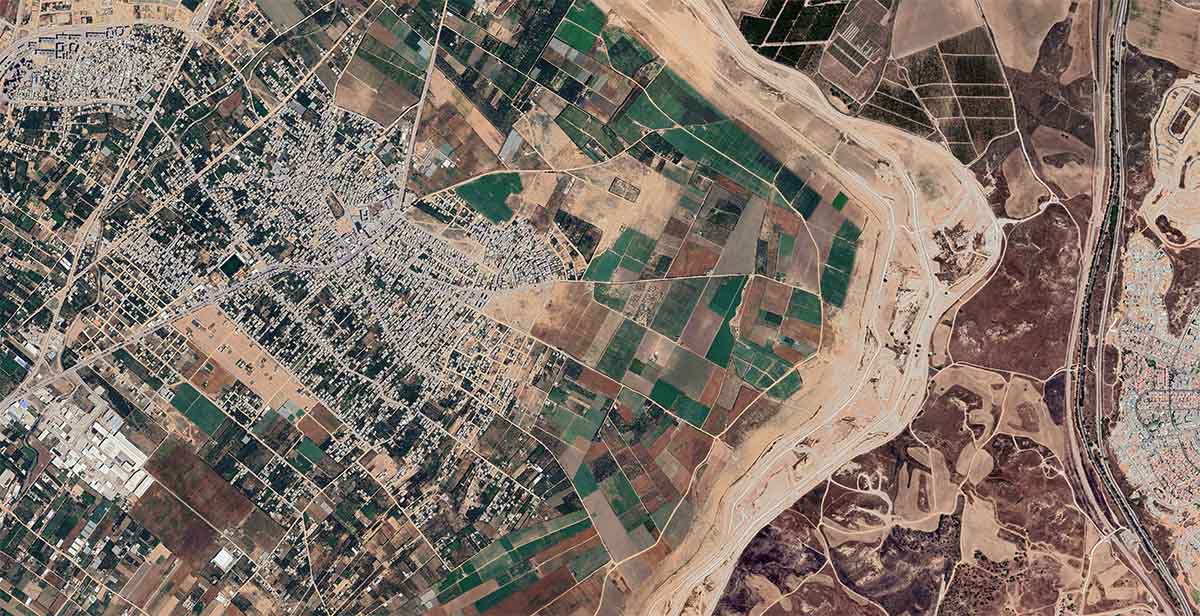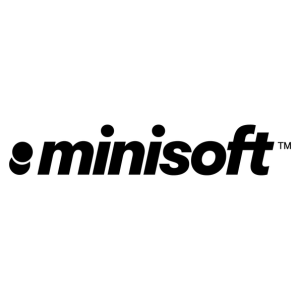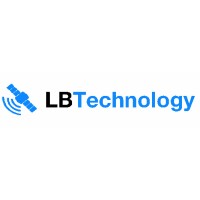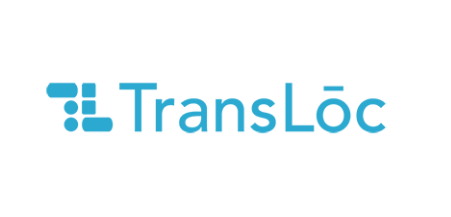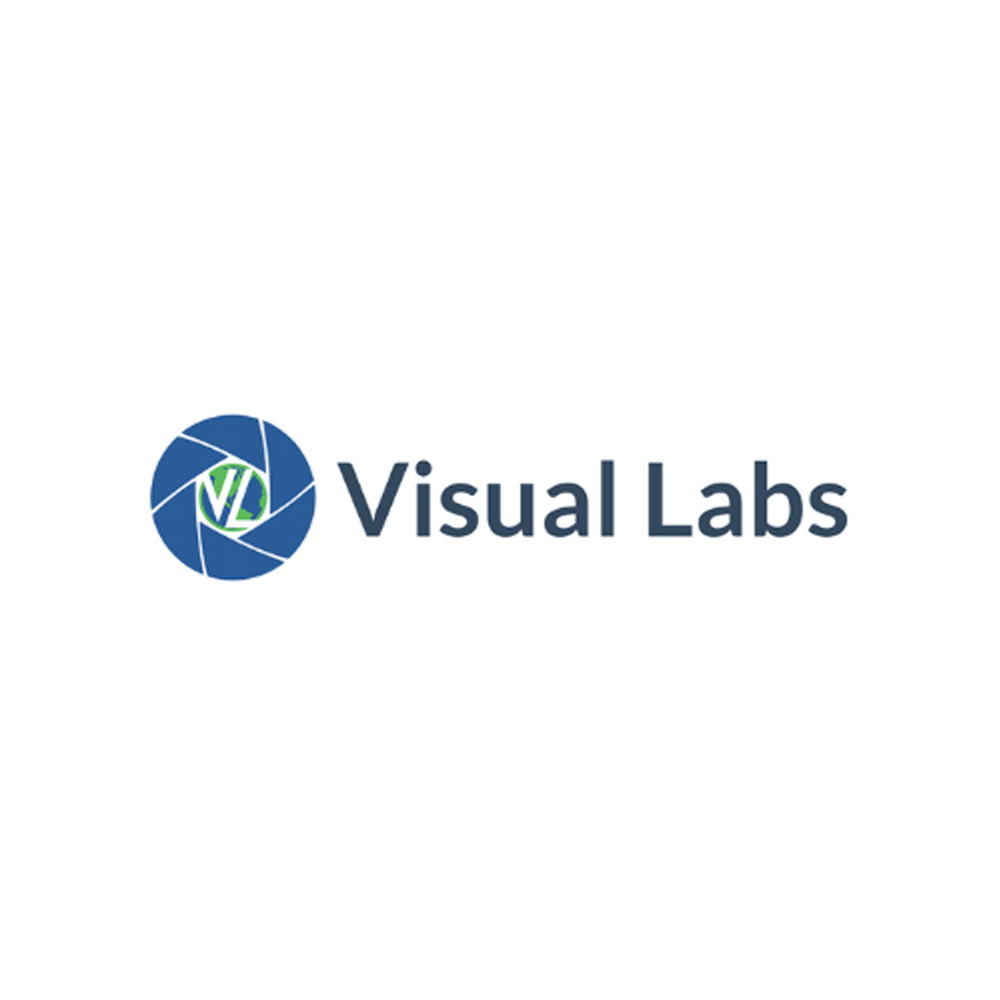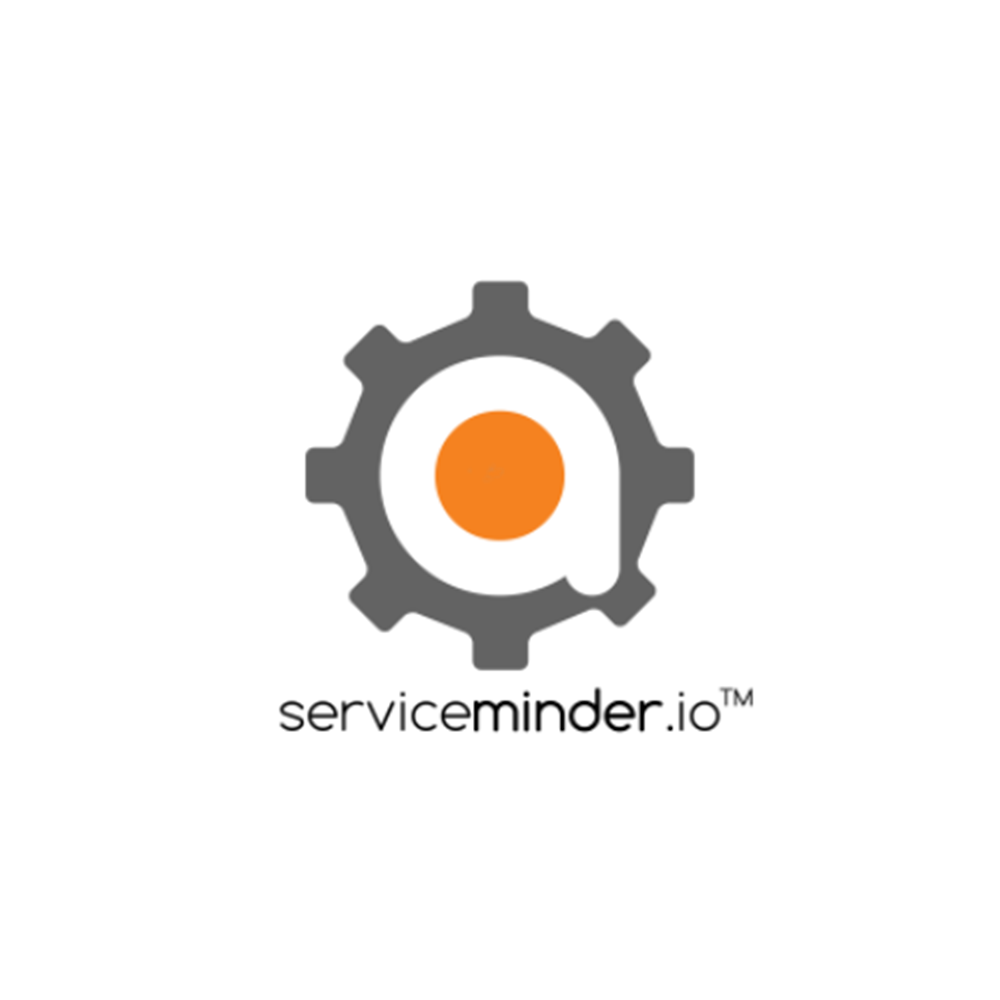High-Resolution Satellite Images from Commercial Providers
Woolpert Digital Innovations works with various commercial providers, and understands the challenge of navigating the complex landscape of high-resolution satellite imagery. We streamline this process by acting as an aggregator and collaborating with the customer to understand their use case. We then leverage our network of partners to find the optimal imagery for customer needs, as this can be challenging without established connections in the commercial satellite imagery sector.
By choosing us, customers benefit from our expertise and established partnerships, saving them valuable time and effort in finding the right imagery for their projects.

Global-Scale ETL & I/O Pipelines for Earth Observations
A significant challenge exists when utilizing satellite imagery or earth observation data for monitoring, analytics, or AI applications. Regardless of the data source (public or private) or sensor type, significant preprocessing is often required.
This preprocessing can involve:
- Cloud removal: Eliminating clouds to reveal the underlying features.
- Image compositing: Combining multiple images to create a more complete picture (e.g. monthly composites).
- Feature extraction: Generating specific data from the imagery (e.g. vegetation indices or temporal features).
Performing these tasks at scale can be extremely time-consuming and expensive, especially without a well-defined processing pipeline. Therefore, building efficient pipelines becomes crucial for handling the massive amount of data required for large-scale applications.
We address the satellite image processing challenge by leveraging Google Earth Engine alongside other powerful GCP products like Dataflow, BigQuery, and Vertex AI. This integrated approach allows us to:
- Effortlessly extract imagery: Obtain the necessary satellite data for projects.
- Preprocess efficiently: Clean and prepare the imagery using automated workflows.
- Optimize for analysis: Deliver data that's ready for advanced analytics or machine learning models.
By utilizing GCP, we can build scalable processing pipelines quickly and cost-effectively. This translates to significant time and cost savings for our customers.
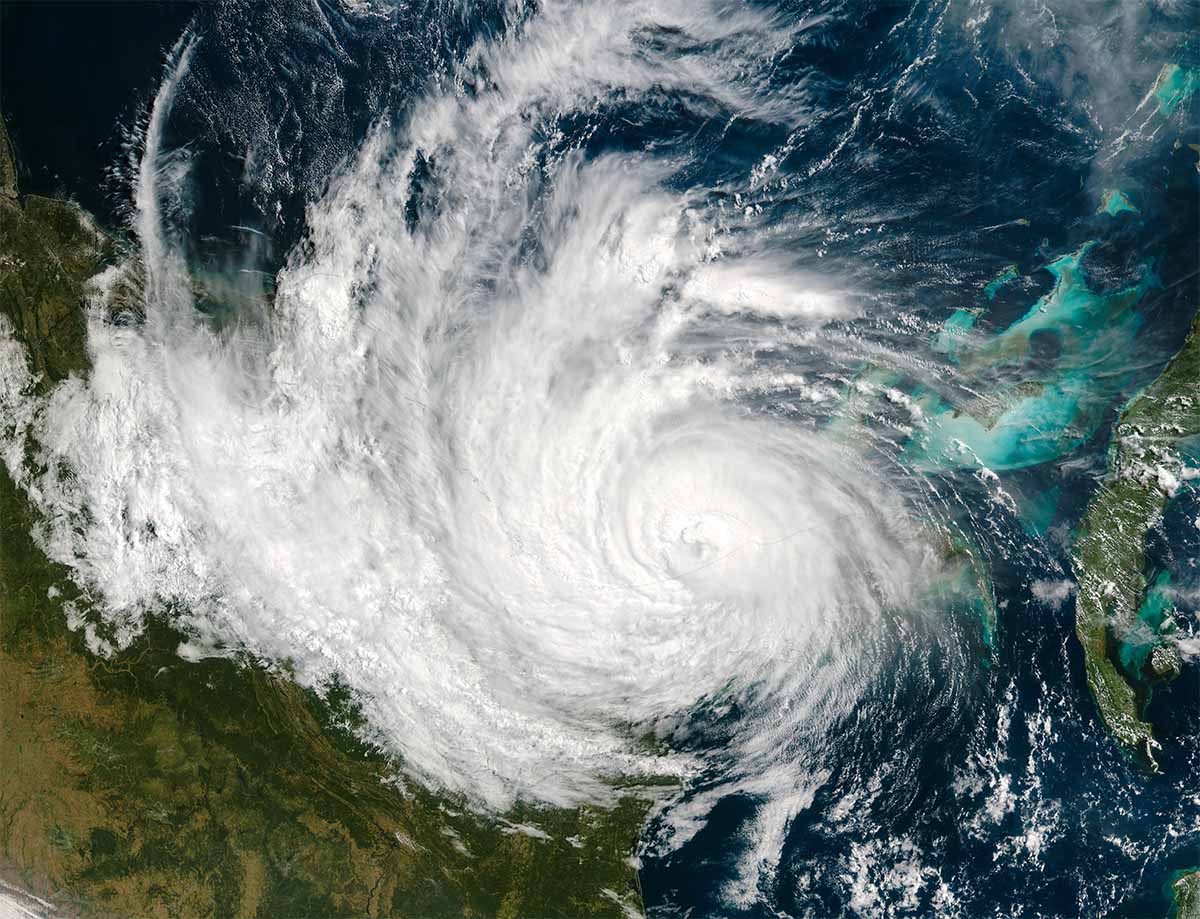
Bespoke Geospatial AI Models
Our customers might already have the satellite imagery needed. If not, we help them locate it from various commercial providers we have relationships with. Once pre-processed through our scalable pipelines, our customers are ready to unlock the power of this data.The real challenge lies in extracting custom insights specific to the customer’s unique needs. This could be because:
- The information sought isn’t readily available elsewhere.
- A customer possesses proprietary training data that can’t be shared publicly.
Here’s where we come in. We help customers build custom AI models tailored to specific use cases, transforming raw satellite imagery into actionable, informative insights.
Our solution leverages Vertex AI, Google’s AI platform, along with our expertise in artificial intelligence. This enables us to build custom models that tackle specific challenges for our customers. These models extract unique information highly relevant to a particular situation. Examples of how this works include computer vision models:
- These models can automatically detect and extract objects or features from imagery. This could be anything from identifying buildings in a city to counting specific types of trees in a forest.
- Classification models: These models are useful for classifying different types of land cover or land use. For example, they can be used to track changes in the crop type planted by farmers or the expansion of urban areas.
- Predictive models: These models go beyond simple detection and estimate real-world values. For example, a customer can estimate crop yield for a specific region or assess the risk of flooding or drought in a particular area.
Leveraging Google Cloud’s AI suite of products, our team of AI experts and data scientists offer completely customized modeling solutions from data ETL to model deployment and inference.

End-To-End Cloud-Based Geospatial AI Pipelines


Recent Insights










